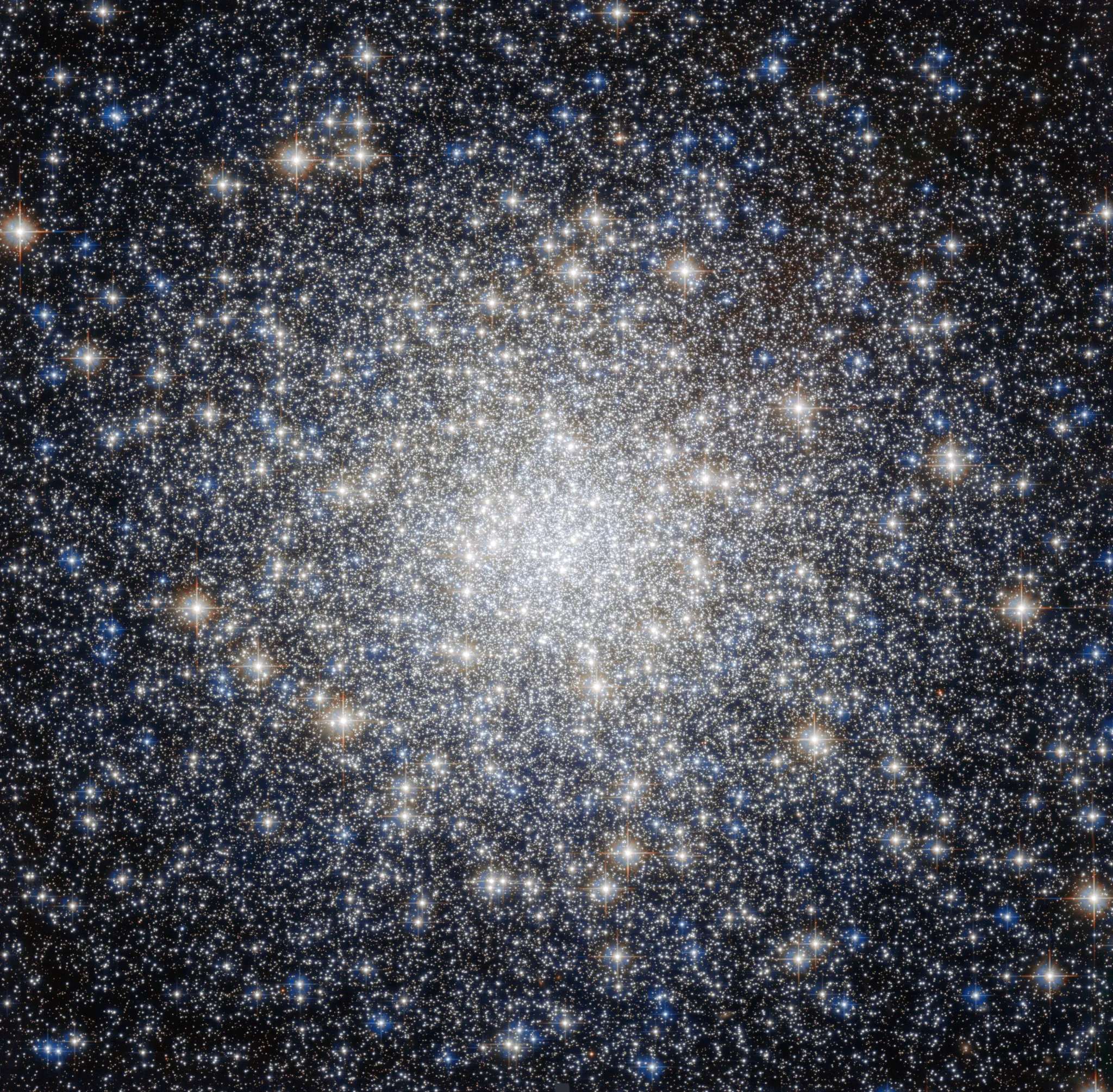M92 | NGC 6341 | Globular Cluster | Hercules | 26,700 Light Years Away
Messier 92, also known as M92 or NGC 6341, is a globular star cluster located in the constellation Hercules. Charles Messier cataloged it in 1777, and it is one of the brighter globular clusters in the northern hemisphere’s sky. Positioned approximately 26,700 light-years away from Earth, M92 is a dense and tightly packed collection of stars orbiting the Milky Way’s galactic center.
M92 is composed of hundreds of thousands of stars, and its stellar population is estimated to be around 330,000. With an age of around 14 billion years, it is one of the older globular clusters in the Milky Way. The stars within M92 exhibit a wide range of colors, with a concentration toward the cluster’s center. Observations of M92 contribute to our understanding of the formation and evolution of globular clusters, the dynamics of stellar populations, and the overall structure of our galaxy.
As a popular target for amateur astronomers, M92 is visible with binoculars or small telescopes under dark skies. Its brightness and compact nature make it an appealing subject for astrophotography, allowing enthusiasts to capture the intricate details of this ancient stellar congregation. Messier 92’s position in the Hercules constellation and its significance in the study of globular clusters contribute to its appeal for both amateur and professional astronomers alike.

